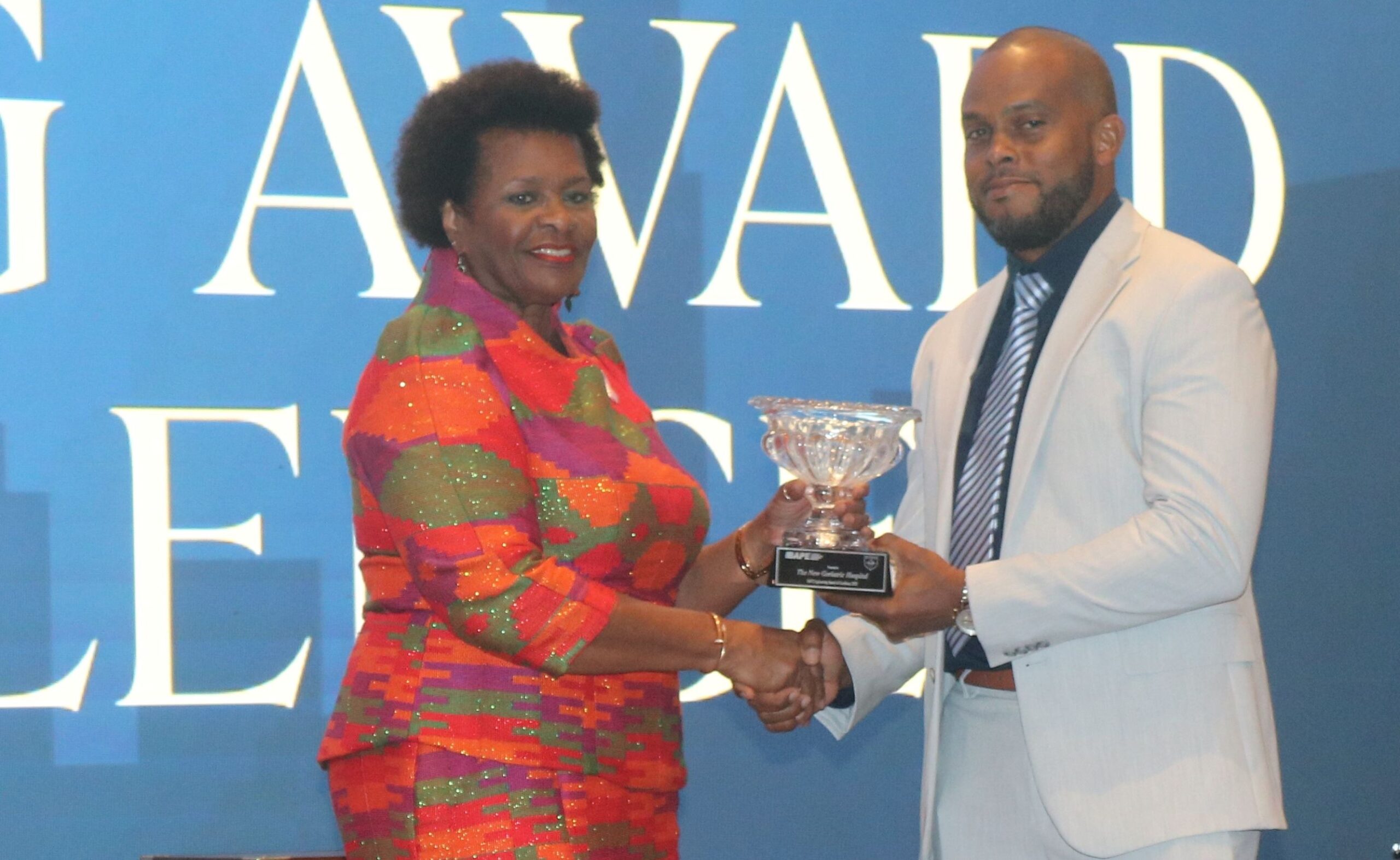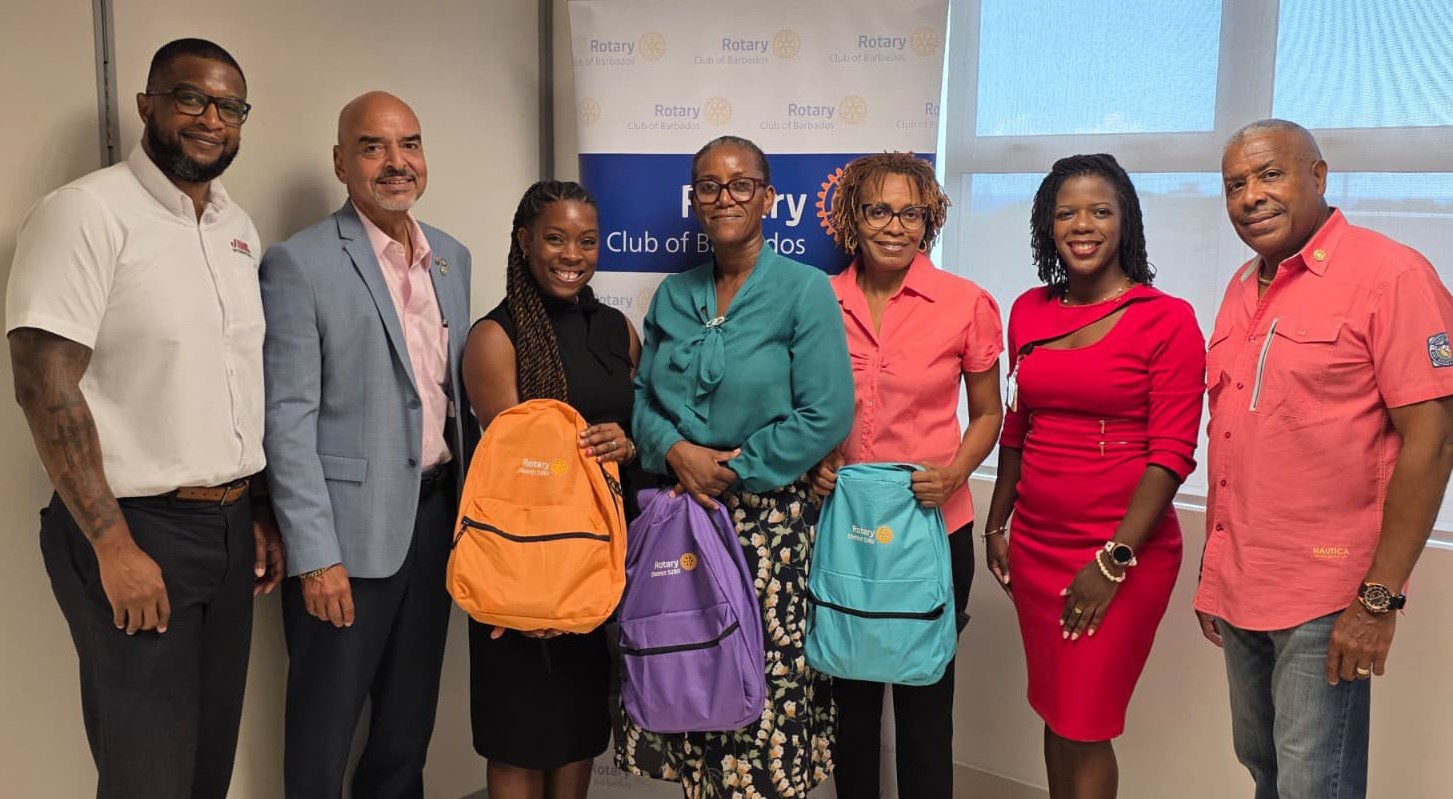On October 11, 2025, coinciding with the International Day of the Girl Child, Plan International Haiti initiated a nationwide campaign to combat early and forced unions, advocating for a safer and more promising future for Haitian girls. The campaign, themed ‘Girls Free from Forced Unions,’ highlights the critical need to protect young girls from harmful practices and uphold their fundamental rights. Despite legal prohibitions against child marriage in Haiti, early and forced unions persist, depriving countless girls of their childhood, education, and autonomy. Prospery Raymond, Country Director of Plan International Haiti, emphasized the dire economic conditions that compel families to make devastating choices, leaving girls vulnerable to exploitation and trafficking. He stressed the urgency of implementing measures to safeguard their safety, freedom, and well-being. Social norms and gender expectations surrounding early marriage remain deeply entrenched, slowing progress toward eradicating this practice. Plan International is actively engaging with girls and their communities to end early marriage and violence, empowering young girls to lead initiatives within their communities. The organization calls for increased support through funding, mentorship, and platforms to amplify their voices. This campaign underscores Plan International’s commitment to freeing girls from forced unions and violence, marking a significant step toward gender equality and child protection in Haiti.
分类: society
-

20 Notorious Gang Leaders Escape Guatemalan Prison
In a shocking turn of events, twenty high-ranking members of the notorious Barrio 18 gang orchestrated a daring escape from Guatemala’s Fraijanes II maximum-security prison in the early hours of Saturday, October 11, 2025. The facility, located in the municipality of Fraijanes, is specifically designed to incarcerate the country’s most dangerous criminals, making this incident particularly alarming.
-
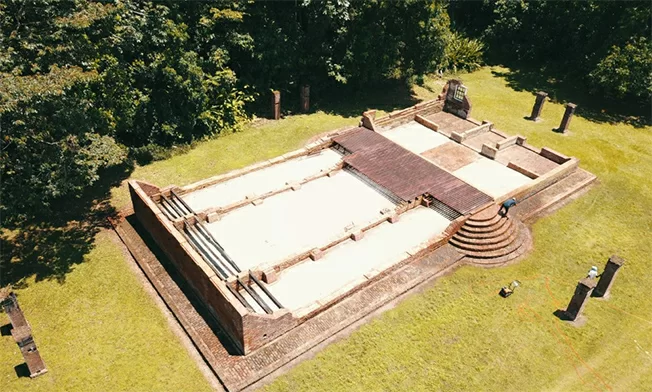
340 jaar Beraha VeSalom Synagoge: 12-10-1685 – 12-10-2025
On October 12, 1685, the Beraha VeSalom (BVS) Synagogue, a monumental structure in Jodensavanne, Suriname, was officially inaugurated. This synagogue, whose name translates to ‘Blessing and Peace,’ stood as the heart of the Jewish village and left a lasting impression on visitors due to its grandeur and architectural significance. It was the first synagogue of architectural importance in the Western Hemisphere. Over the centuries, BVS has been extensively documented in writings, paintings, and prints, often depicted from a distance. Approximately 240 years ago, its centennial was celebrated with great pomp in the presence of Governor Wichers, members of the Council of Police and Justice, and numerous dignitaries from Paramaribo. Beyond its religious function, BVS served as a courthouse for minor legal cases, an archive, and a meeting space for the church board. It also acted as a fortress against attacks by maroons, with armed Jewish men preparing for potential assaults during significant religious observances like Yom Kippur. Historical records reveal that on September 30, 1790, Jodensavanne was thrown into turmoil due to a rumored maroon attack, prompting the local militia to guard the synagogue. The construction and maintenance of this once-imposing building were carried out by enslaved individuals, whose contributions are now being honored by the Jodensavanne Foundation as part of the 340th-anniversary commemoration. The foundation has planned several activities to mark this milestone, including the publication of articles, exhibitions, and volunteer programs, all aimed at celebrating the legacy of the Beraha VeSalom Synagogue.
-
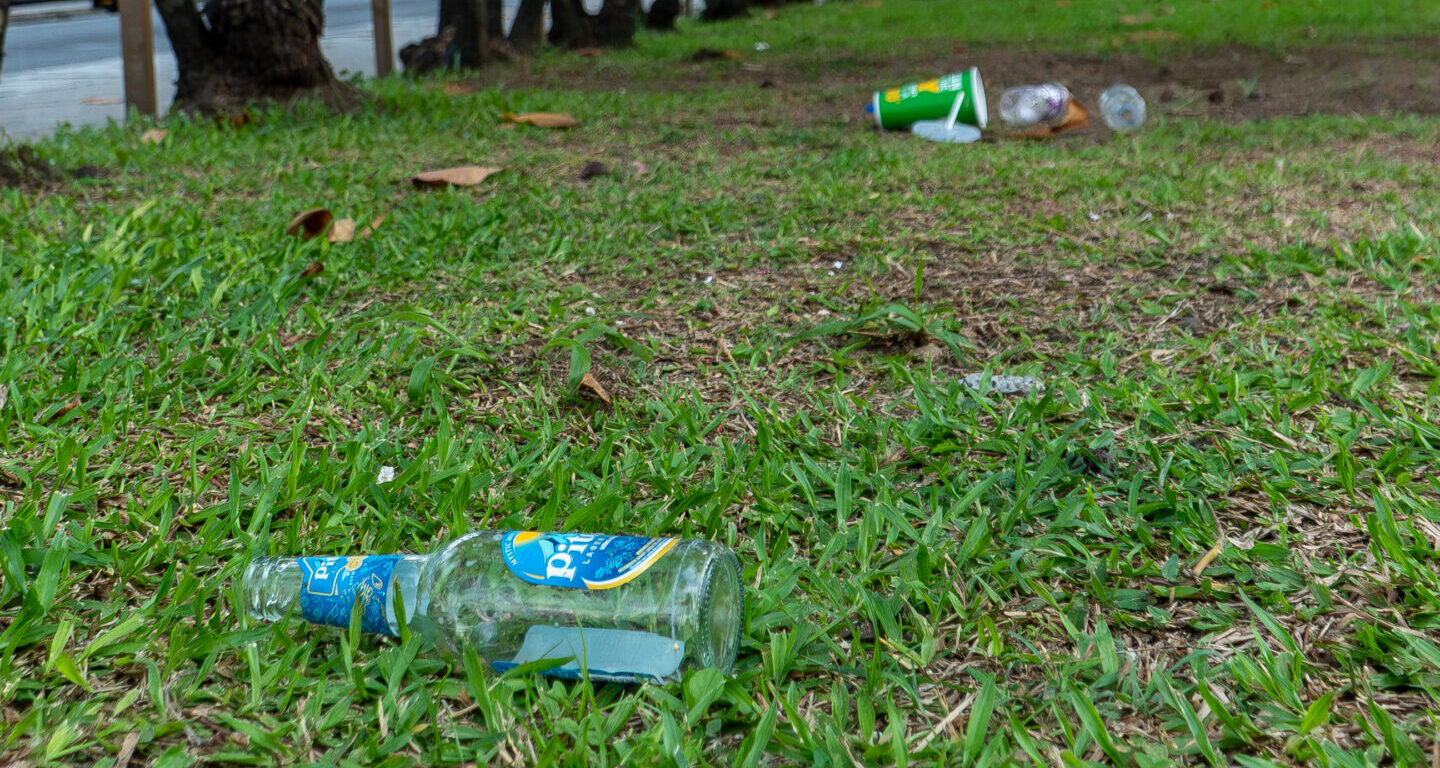
Are our waste habits tarnishing the country’s beauty?
Beneath the lush landscapes and pristine beaches that make Saint Lucia a Caribbean paradise lies a growing environmental crisis—widespread littering and improper waste disposal. Dr. James Fletcher, Saint Lucia’s former Minister for Sustainable Development and current CARICOM Climate Envoy, has highlighted the island’s struggle with roadside garbage, polluted rivers, and beaches strewn with plastic. Despite its reputation as ‘The Helen of the West Indies,’ the island’s waste problem is among the worst in the region, threatening both its natural beauty and public health. Fletcher emphasizes that the issue extends beyond aesthetics, with blocked drains causing flooding, plastic waste harming marine life, and food waste attracting pests. He calls for a fundamental shift in public behavior, supported by stronger policies and affordable alternatives to single-use plastics. While initiatives like the Styrofoam and Plastics (Prohibition) Act and private sector efforts, such as Massy Stores’ plastic bag charge, have shown progress, Fletcher stresses the need for comprehensive solutions, including education, awareness campaigns, and innovative packaging made from local materials like banana stems or bamboo. The challenge, he notes, lies in changing entrenched habits, particularly among adults, to ensure long-term sustainability.
-
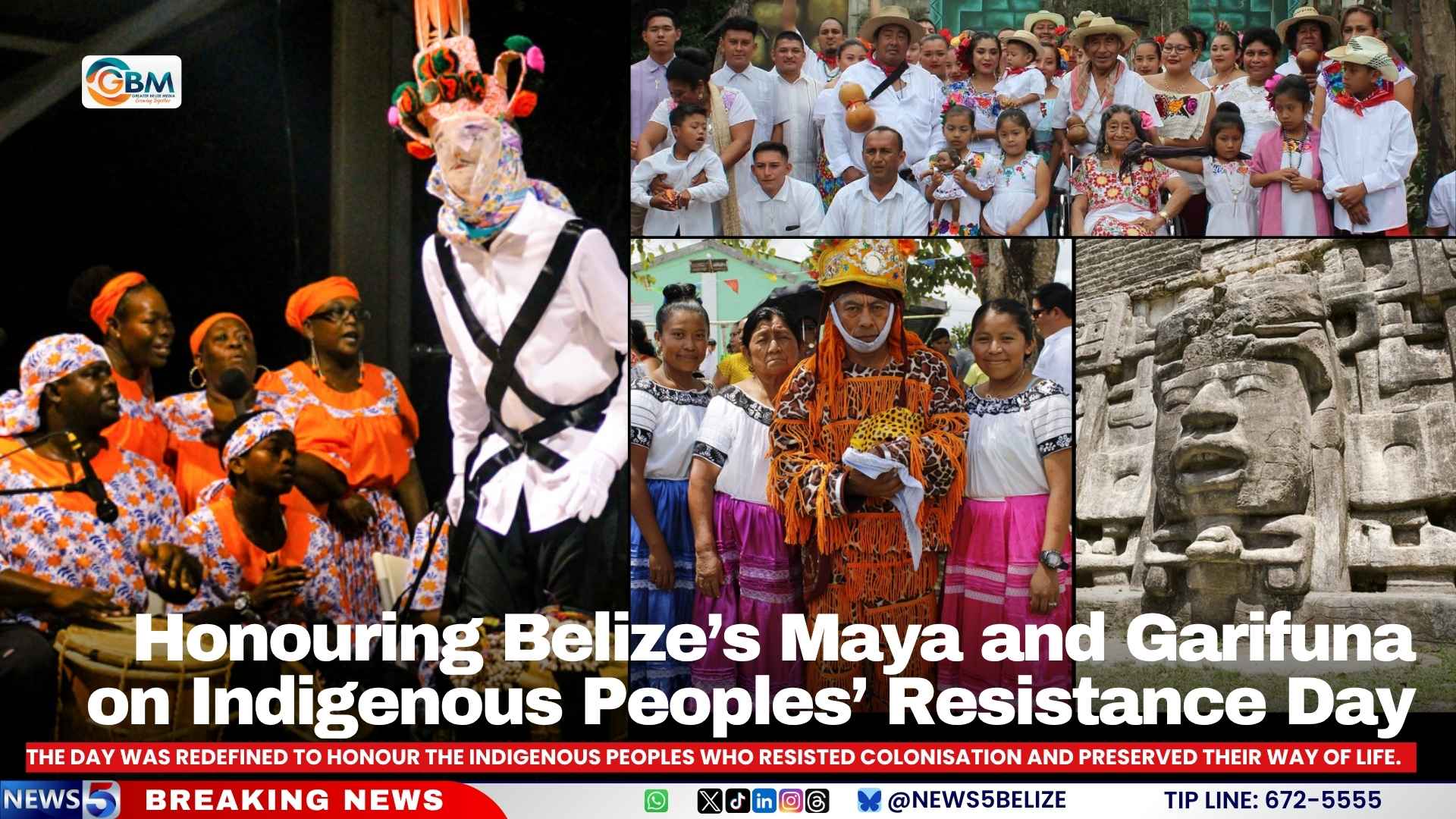
Honouring Belize’s Maya and Garifuna on Indigenous Peoples’ Resistance Day
On October 12th, Belize joins the Americas in commemorating Indigenous Peoples’ Resistance Day, a day dedicated to celebrating the resilience, culture, and enduring legacy of Indigenous communities. This significant occasion replaces the outdated narrative of ‘discovery’ with a focus on resistance, acknowledging that the lands Christopher Columbus encountered in 1492 were already inhabited by thriving societies. For decades, the day was observed as Columbus Day, but a deeper understanding of history has led to a profound shift in perspective, redefining the day to honor Indigenous peoples who resisted colonization and preserved their way of life. In Belize, the day pays tribute to the country’s two main Indigenous groups: the Maya and the Garifuna. The Maya, one of the region’s oldest civilizations, continue to uphold ancestral practices such as farming, spiritual ceremonies, and community traditions. Belize is home to three distinct Maya groups: the Yucatec Maya, the Mopan Maya, and the Ketchi Maya, each maintaining their own language, customs, and cultural identity while sharing deep historical and spiritual ties to the land. Many Mestizos in Belize also carry Maya ancestry, a legacy of intermarriage between Indigenous peoples and Spanish settlers during and after colonization, forming a unique cultural identity that connects Mestizo communities to Maya heritage. The Garifuna, descendants of West and Central Africans who intermarried with Indigenous Caribbean peoples on the island of St Vincent in the 17th century, are also honored today. Their culture, recognized by UNESCO in 2001 as a Masterpiece of the Oral and Intangible Heritage of Humanity, is celebrated for its language, music, dance, storytelling, and communal rituals. Beyond cultural expression, the Garifuna play a vital role in local governance, education, and the defense of ancestral lands, ensuring their heritage and identity remain alive for future generations. Today’s observance serves as a reminder of the need to protect Indigenous rights, cultural heritage, and land security, while also calling for reflection on Belize’s multi-ethnic identity and shared history.
-

COMMENTARY: Captain Neville – Dominica’s amazing boat builder and master mariner
In the annals of Dominica’s maritime history, Neville Ellison Wade stands as a beacon of ingenuity, resilience, and unwavering dedication. Born in Portsmouth, Wade was not merely a boat builder but a visionary entrepreneur and master mariner whose craftsmanship and ventures left an indelible mark on Dominica’s economic and cultural landscape. His life was a testament to innovation, perseverance, and a deep commitment to his community and craft. From his early entrepreneurial endeavors to his groundbreaking achievements in shipbuilding and navigation, Wade’s legacy continues to inspire generations. Wade’s journey began in the 1950s when, as a young boy, he built his first dinghy using grocery crates and breadfruit milk as glue. This early project foreshadowed a career marked by extraordinary accomplishments. By 1965, he had constructed a 20-foot boat powered by a converted car engine, demonstrating his relentless determination and mechanical prowess. Over the decades, Wade’s maritime ventures expanded significantly. He engineered cradles for hauling ships, acquired and outfitted commercial vessels, and successfully salvaged wrecks that others deemed impossible. His Atlantic crossings, including voyages on vessels like the M.V. Teresia and the Amazing Grace, solidified his reputation as a master navigator. Wade’s contributions extended beyond shipbuilding. He was a mentor, teacher, and community builder who inspired young Dominicans to dream beyond their island’s shores. In 2022, he joined Rebuild Dominica Inc., a U.S.-based nonprofit focused on agriculture, education, and community development, further cementing his role in nation-building. Neville Wade’s life was also defined by his faith and service. Whether negotiating overseas deals or gifting his labor for Portsmouth’s betterment, he embodied humility and strength. His legacy, often unrecorded in official histories, serves as a reminder of the unsung heroes who shape nations. As Dominica continues to honor its independence, Wade’s work stands as a testament to the creativity and perseverance of its people. His story is one of transforming challenges into opportunities and wreckage into renewal, ensuring that Portsmouth remains a center of maritime industry and innovation.
-

Onze eigen O.S. Maretraite
In a heartfelt tribute to their alma mater, the parents of Aashna Kanhai recently visited Openbare School Maretraite, a school that has been a cornerstone of their family’s educational journey for generations. The visit, marked by the symbolic handing over of an envelope to the school’s principal, Juffrouw Makdoembaks, was a gesture of gratitude and support for an institution that has shaped the lives of their children and grandchildren. The school, celebrating its 65th anniversary this year, has long been a beacon of discipline, community, and holistic education.
-

What we lose when we forget Creole
Rhyesa Joseph, an educator, political scientist, and cultural advocate, emphasizes that Saint Lucian Creole culture extends far beyond the annual Mwa Éwitaj Kwéyòl celebrations. Her lifelong dedication to cultural preservation stems from her upbringing in Vieux Fort and Mon Repos, where she was immersed in authentic Saint Lucian traditions through storytelling, music, food, and community life. Through her research, Joseph has observed the gradual erosion of these cultural practices, driven by rising individualism, generational disconnects, and economic pressures that keep families apart. In an interview with St. Lucia Times, Joseph reflects on the state of the Creole language, its intrinsic values, and the urgent need for its preservation. Joseph highlights the dual nature of Creole’s current usage. While there have been some advancements, such as limited bilingualism in professional settings, the language’s overall usage has declined. She criticizes the superficial treatment of Creole, often relegated to aesthetic purposes or confined to October celebrations, rather than being integrated into year-round education and awareness. Beyond language, Joseph underscores the importance of traditional values and systems, such as Koudmen, a cooperative assistance model that once defined Saint Lucian communities. These systems fostered collective responsibility and a shared ethic, which are now threatened by societal fragmentation and external influences. Addressing the argument that Creole lacks global marketability, Joseph dismisses it as generational propaganda rooted in colonial prejudices. She explains how colonization sought to strip people of their identity, marginalizing Creole as the language of the “uneducated.” This historical stigma persists, perpetuated by an education system designed for English speakers. To combat this, Joseph advocates for daily practice, learning resources, and institutional support, such as mandating Creole in public programming. She emphasizes that Creole’s value lies not in its utility but in its intrinsic cultural significance. In her closing remarks, Joseph calls for a deeper appreciation of Creole as a carrier of history and identity, urging society to recognize its worth beyond superficial uses.

